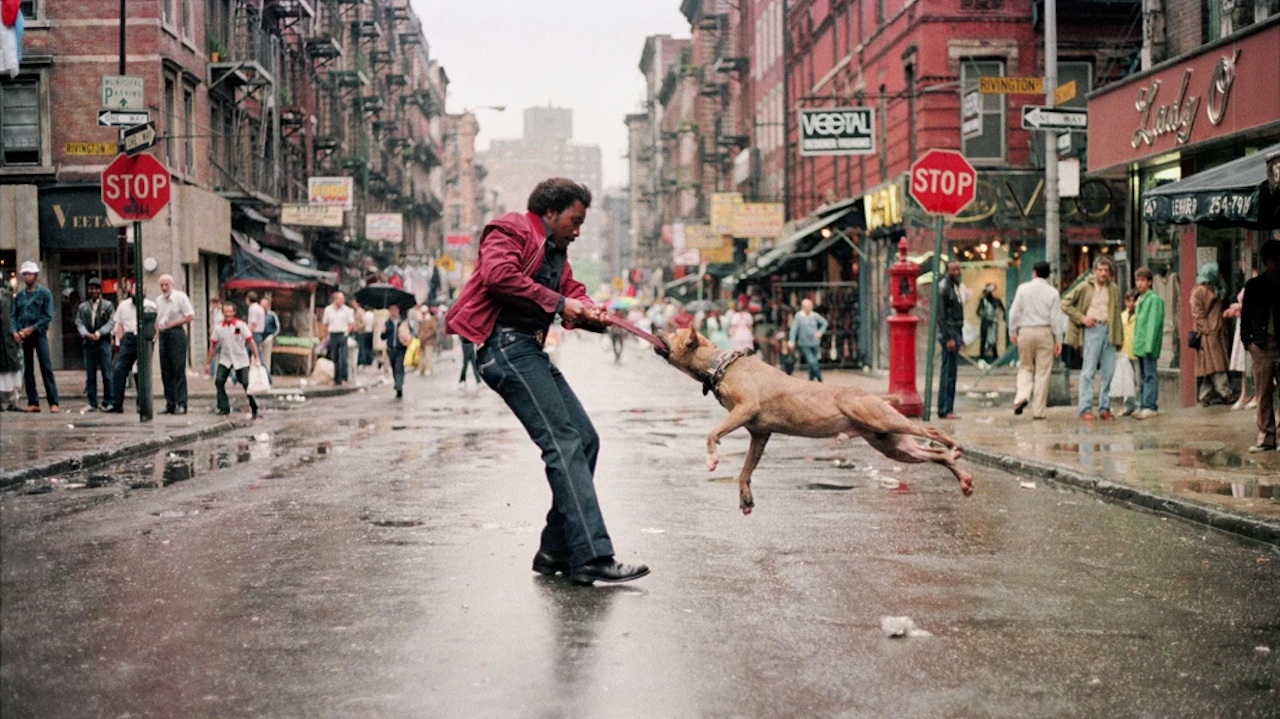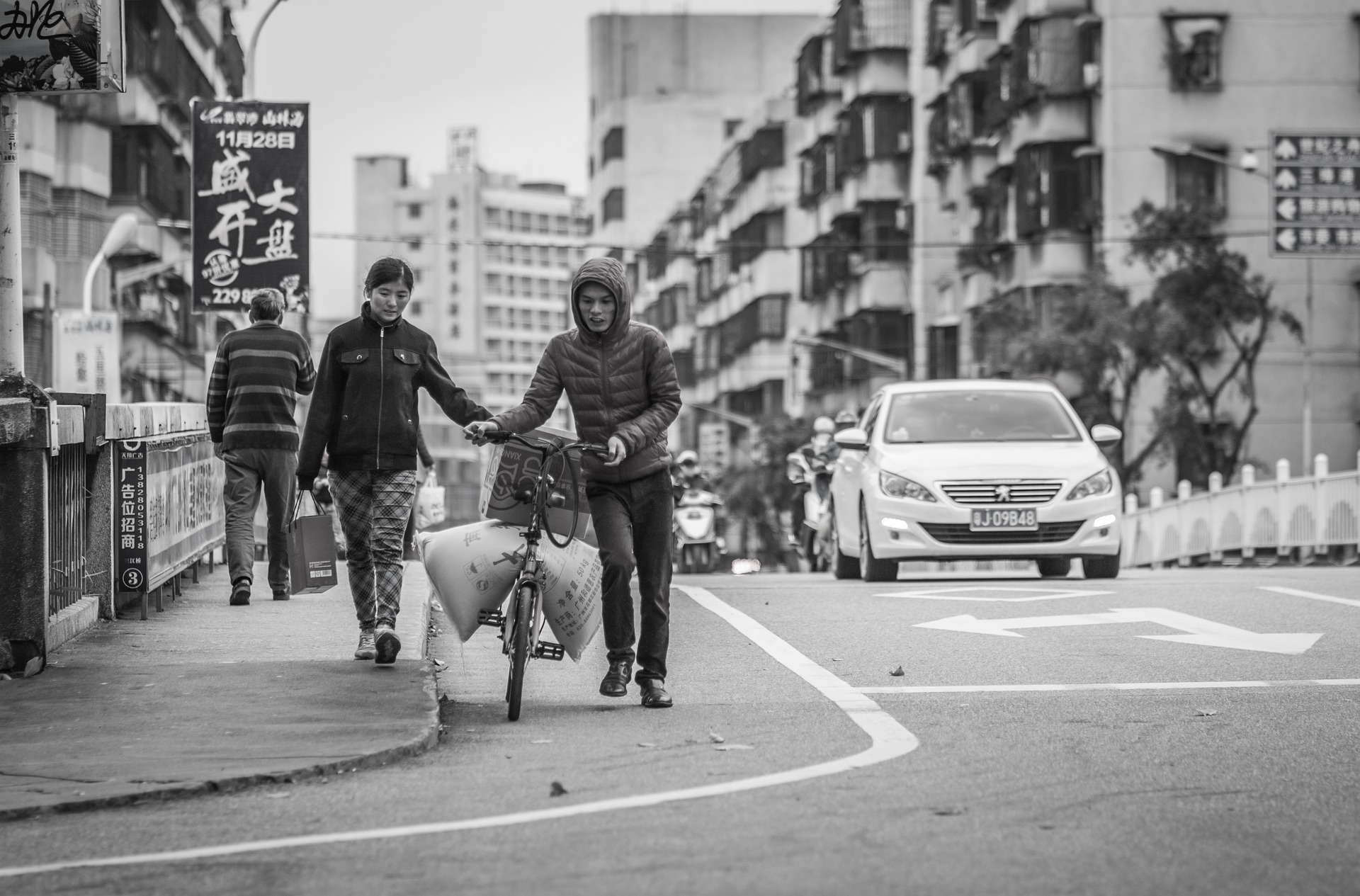Street Photographers - Truths
Street Photographers - Truths
Blog Article
The 15-Second Trick For Street Photographers
Table of Contents4 Simple Techniques For Street PhotographersThe Single Strategy To Use For Street PhotographersMore About Street PhotographersSome Known Questions About Street Photographers.Street Photographers Things To Know Before You Get This
A genre of photography that records day-to-day life in a public location. The very publicness of the setting makes it possible for the photographer to take honest images of complete strangers, frequently without their knowledge. Road professional photographers do not necessarily have a social objective in mind, however they choose to separate and catch moments which could otherwise go undetected (Street Photographers).He was affected by numerous of those that influenced the road professional photographers of the 1950s and '60s, he was not primarily interested in capturing the spirit of the road. The impulse to aesthetically document individuals in public began with 19th-century painters such as Edgar Degas, douard Manet, and Henri de Toulouse-Lautrec, who functioned side by side with photographers trying to capture the essence of city life.
As a result of the somewhat primitive technology offered to him and the lengthy direct exposure time required, he struggled to catch the stress of the Paris roads. He try out a series of photographic approaches, trying to locate one that would certainly permit him to capture movement without a blur, and he discovered some success with the calotype, patented in 1841 by William Henry Fox Talbot. In comparison to Atget, photographer Charles Marville was employed by the city of Paris to produce an encyclopaedic paper of Haussmann's city preparation task as it unravelled, hence old and brand-new Paris. While the photographers' subject was essentially the same, the results were substantially different, demonstrating the impact of the photographer's intent on the character of the images he produced.
Offered the fine quality of his photographs and the breadth of product, designers and artists commonly acquired Atget's prints to use as recommendation for their own work, though industrial passions were rarely his major inspiration. Rather, he was driven to picture every last remnant of the Paris he loved. The mingled passion and seriousness of his objective luster through, leading to photos that tell his very own experience of the city, top qualities that expected street photography of the 20th century.
The Single Strategy To Use For Street Photographers
They disclose the city with his eyes. His work and basic understanding of digital photography as an art form worked as motivation to generations of professional photographers that followed. The following generation of street digital photographers, though they likely did not describe themselves because of this, was introduced by the photojournalism of Hungarian-born professional photographer Andr Kertsz.
Unlike his peers, Brassa utilized a larger-format Voigtlnder camera visit this web-site with a much longer exposure time, compeling him to be much more computed and thoughtful in his practice than he may have been if using a Leica. (It is believed that he may not have had the ability to pay for a Leica back then, but he did, nonetheless, use one in here are the findings the late 1950s to take colour pictures.) Brassa's photographs of the Paris abyss brightened by man-made light were a discovery, and the compilation of the collection that he published, (1933 ), was a major success.
Cartier-Bresson was a champ of the Leica camera and among the very first digital photographers to maximize its abilities. The Leica allowed the professional photographer to interact with the surroundings and to catch minutes as they took place. Its reasonably small size likewise assisted the digital photographer discolor right into the history, which was Cartier-Bresson's preferred method.
Some Known Incorrect Statements About Street Photographers
It is due to the fact that of this basic understanding of the art of image taking that he is usually attributed with discovering the tool around again roughly a century since its invention. He took photographs for even more than a half century and affected generations of professional photographers to trust their eye and intuition in the moment.
These are the questions I shall try to address: And after that I'll leave you with my own definition of road digital photography. Yes, we do. Let's begin with specifying what a meaning is: According to (Street Photographers) it is: "The act of defining, or of making something definite, distinctive, or clear"
No, absolutely not. The term is both limiting and misguiding. Seems like a road photography should be images of a streets right?! And all road professional photographers, with the exception of a handful of absolute beginners, will completely appreciate that a road is not the essential part to street digital photography, and really if it's a picture of a road with maybe a few boring individuals doing nothing of rate of interest, that's not street photography that's a photo of a street.
Street Photographers Things To Know Before You Get This
He makes a legitimate factor don't you think? While I agree with him I'm not sure "honest public digital photography" will certainly capture on (although I do kind of like the term "honest photography") because "street photography" has been around for a long time, with lots of masters' names connected to it, so I think the term is below to remain (Street Photographers).
Inside?! I hear you shout as you shake your fist to the sky. Why not? You can contend the beach, at a festival, in an alley, in a park, in a piazza, in a cafe, recommended you read at a museum or art gallery, in a metro station, at an occasion, on a bridge, under a bridge ...

Rumored Buzz on Street Photographers

Report this page